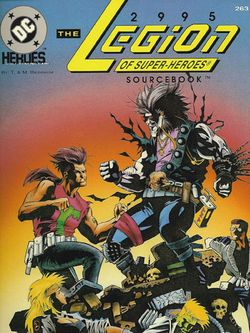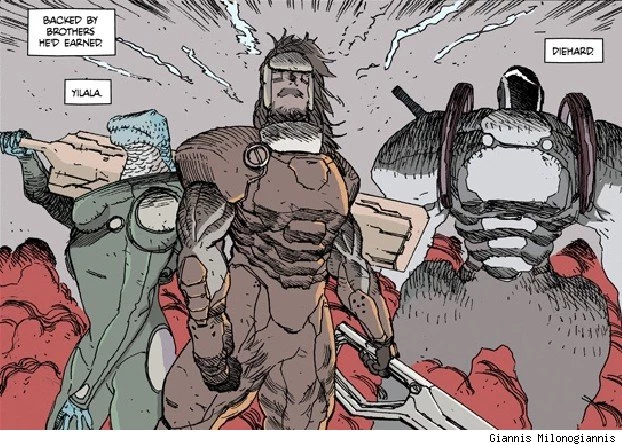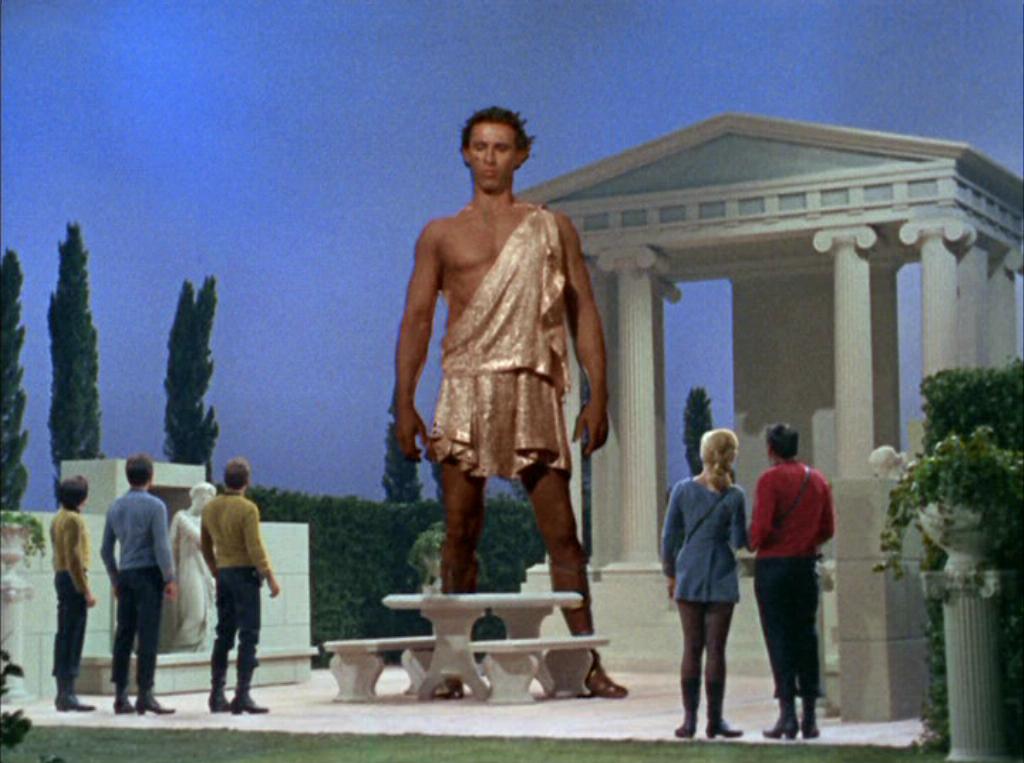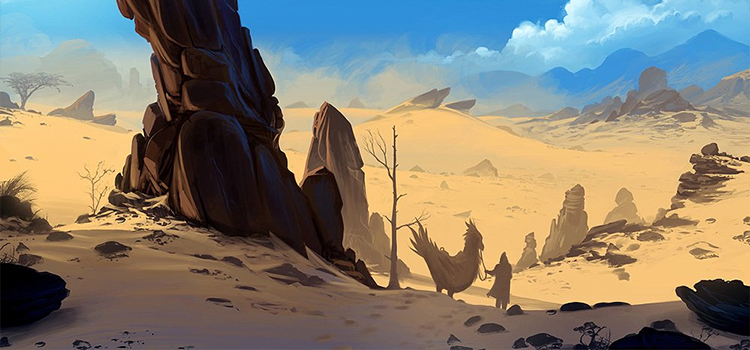Most superheroes (and superhero rpgs) are set in the modern day. There's no reason superheroes have to be limited to that era, of course. At least as early as 1955, we got a glimpse of Brane Taylor, the Batman of the year 3000. Just a few years later, the preeminent group of future heroes made their debut: The Legion of Super-Heroes. These guys were big enough to get supplements of both editions of the Mayfair DC Heroes rpg: Legion of Super-Heroes vol. I and II and 2995: The Legion of Super-Heroes Sourcebook.
Marvel's answer to the Legion was the Guardians of the Galaxy. These guys were not the super-group of b-list characters about to get a movie; this was a group of freedom fighters against Badoon tyranny in the 31st century. They were (originally) mostly from the Sol System, leaving one to wonder how they were going to guard the whole galaxy. They got a series in the 90s, but then their name was given to another group. No rpg supplement for any Marvel game.
There are a number of future heroes in dystopian futures--enough that I think they are really a separate subgenre. Most of these are at Marvel and the lion's share are alternate timelines from the X-Men. Marvel did have a whole 2099 line that was slightly less dystopian than most X-Men futures.
A more science fictionish approach to the future supers is Image's Prophet. The story isn't particularly superheroic so far so maybe a superhero rpg wouldn't be the best system for it, but it is completely tied to the modern day Extreme comics universe and does feature future versions of Prophet, Diehard, Troll, and Bedrock.
Anyway, there's a lot of inspiration to be had in the above works, I think.







































